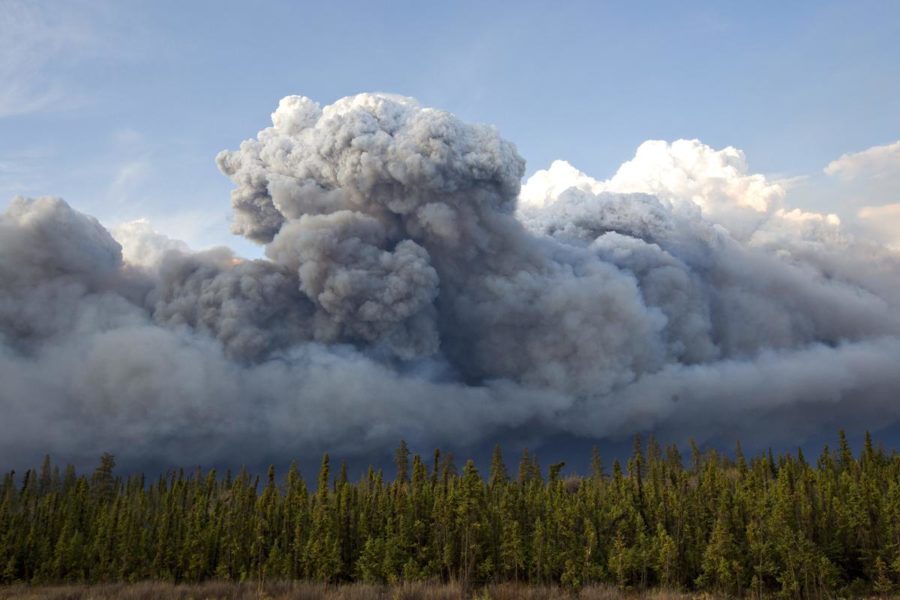100,000 Canadians Flee from Forest Fire
Wildfire destroys oil sands city in Alberta, invoking immediate evacuation.
A raging wildfire swept through the oil sands city of McMurray in northeastern Alberta on May 3, destroying developments, businesses and highways in the area.
Breaking a 71-year-old temperature record this spring, the Canadian province hit 90 degrees last Tuesday, encouraging the light fires that ensued over the weekend to strengthen in the start of the week. The area usually has small forest fires, especially combined with an early spring and light winter, but the weather conditions did not influence the size and magnitude of the current disaster. The fire attacked some 1,600 businesses, homes and facilities — however, it has remained within the town limits with help from downcast weather and firefighters.
Home to some of the most prominent oil reserves in the world, the management of the fire is crucial for the city of McMurray. Amid questionable economic issues for the future, the country lost a quarter of its oil supply from last week and is prepared to lose more. However, the fire is not in the direct path of the oil facilities and has demolished an estimated 1,600 buildings within the city instead. Only 20 miles away from the neighboring province of Saskatchewan, the fire has spread to take up almost 700 square miles and is expected to take several months to die down.
“Fires such as these happen every so often when a certain area develops high temperatures, dry condition and high winds, causing a natural disaster to go out of control,” junior Elizabeth Gardner said, applying her knowledge from AP Environmental Science and AP Biology.
Although there are no reported injuries, the province is ensuring the safety of those affected by opening centers providing food and shelter. With the large amount of help the city will need to rebuild itself, this fire is being recorded as the most expensive disaster in Canadian history.


